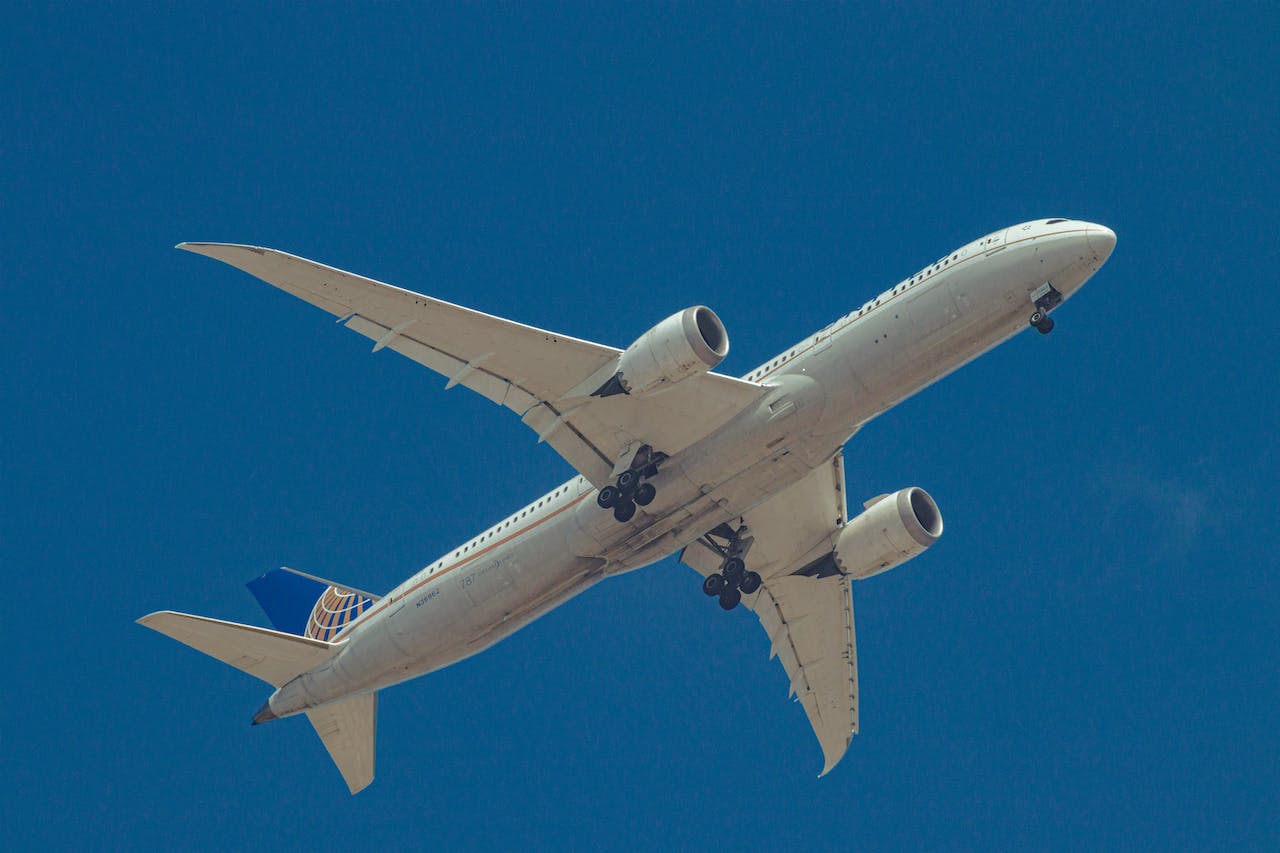The International Air Transport Association (IATA) has announced airline profitability figures for 2023 and industry forecasts for 2024. In 2024, the airline industry is expected to generate net profits of USD 25.7 billion (2.7% net profit margin). This will be a slight improvement compared to 2023, when a net profit of USD 23.3 billion (2.6% net profit margin) is expected.
In both 2023 and 2024, the return on invested capital will lag the cost of capital by 4 percentage points, as interest rates have risen globally in response to the sharp inflationary impulse. Airline operating profits are expected to reach USD 49.3 billion in 2024, compared to USD 40.7 billion in 2023. Total revenues in 2024, meanwhile, are expected to grow by 7.6% year-on-year to a record $964 billion. But spending will grow slightly less, by 6.9% to USD 914 billion.
The aviation industry is recovering fast and showing resilience
Some 4.7 billion people are expected to travel in 2024, an all-time high, surpassing the pre-pandemic level of 4.5 billion in 2019. In 2023 and 2024, freight volumes are estimated at 58 and 61 million tonnes respectively.
According to IATA Director General Willie Walsh, the expected net profit of USD 25.7 billion in 2024 is a testament to the resilience of aviation, given the large losses of recent years. People love to travel and this has helped airlines return to pre-pandemic levels of connectivity. The speed of recovery has been extraordinary, but the pandemic appears to have cost aviation around four years of growth. Forecasts suggest that we can expect more normal growth from 2024 onwards, both in passenger and cargo.
High demand for travel, combined with capacity constraints due to ongoing supply chain issues, continues to create supply and demand conditions that are conducive to yield growth. Passenger yields are forecast to increase by 1.8% in 2024 compared to 2023. Reflecting the tight supply and demand conditions, efficiency levels are high and load factors are expected to be 82.6% in 2024, slightly better than in 2023 (82%) and the same as in 2019.
Freight revenues are expected to fall to USD 111 billion in 2024. This is a sharp drop from the extraordinary peak of USD 210 billion reached in 2021, but it is higher than 2019 revenues of USD 101 billion. The price of fuel in 2024 is expected to average US$113.8 per barrel (jet fuel), meaning a total fuel bill of US$281 billion, accounting for 31% of all operating costs. Airlines are expected to consume 99 billion gallons of fuel in 2024.
Despite inflationary pressures, airlines have been relatively good at controlling non-fuel costs. As the industry recovers from the pandemic, fixed costs are spread over a wider range of activities, non-fuel unit costs are falling back to pre-pandemic levels. We expect non-fuel unit costs to be 39.2 cents per available tonne-kilometre (ATK) in 2024, 1.6% above the 2023 level and in line with the 2019 level. Total non-fuel costs are expected to reach USD 633 billion in 2024.
Air transport can be affected by various risks
At the same time, the profitability of the sector is volatile and can be affected (positively or negatively) by many factors. Firstly, the development of the world economy – falling inflation, low unemployment and strong demand for travel are positive factors. However, economic tensions can arise. In China, for example, slow growth, high youth unemployment and disorderly property markets, if not properly managed, could affect global business cycles. Similarly, if the tolerance for high interest rates weakens and unemployment rises significantly, the strong consumer demand that has fuelled the recovery could weaken.
Second, war – the operational impact of the Ukraine war and the Israel-Hamas war was largely limited to changes in flight routes due to airspace closures. On the cost side, the conflicts have pushed up oil prices, affecting airlines worldwide. An unexpected peace in either or both cases would benefit the industry, but any escalation could create a radically different global economic scenario against which aviation would not be immune.
Third, supply chains – supply chain problems continue to affect global trade and business. Airlines have been directly affected by unforeseen maintenance problems on some aircraft/engine types, as well as delays in the delivery of aircraft parts and aircraft, which limit capacity expansion and fleet renewal.
Fourth, regulatory risk: on the regulatory front, airlines may face increased compliance costs and additional costs related to passenger rights regimes, regional environmental initiatives and accessibility requirements.
Author: Rolands Petersons, logistics expert



